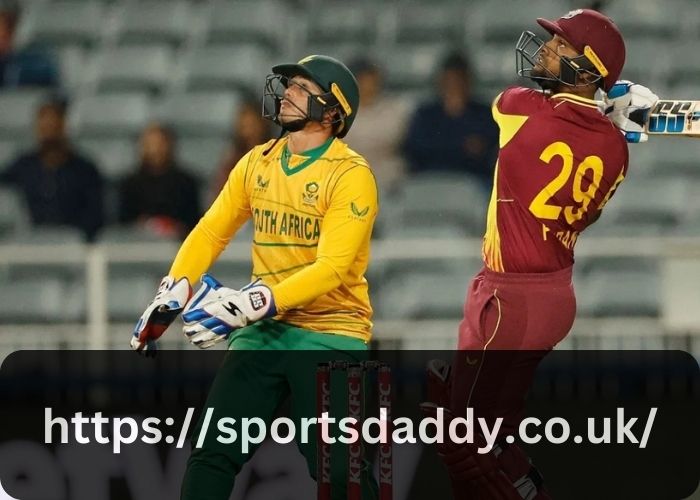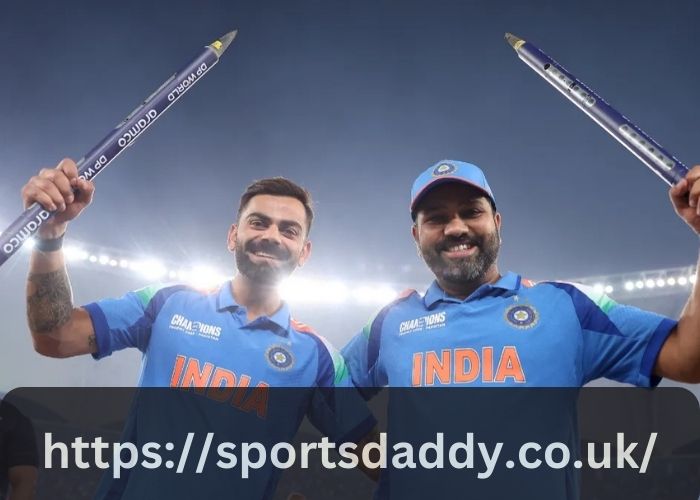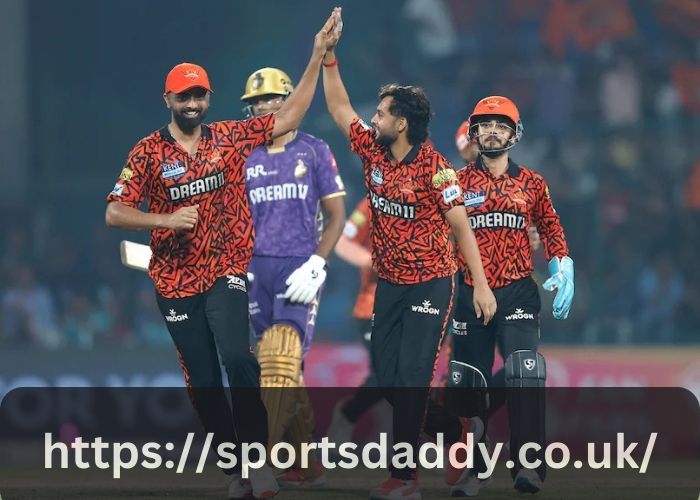
West Indies Cricket Team vs South Africa National Cricket Team Timeline
Aiden Markram of South Africa won the toss and elected to bowl first. He quickly made an impression by dismissing Nicholas Pooran and Rovman Powell early with his off-spin bowling style.
At Sir Vivian Richards Stadium, during the West Indies cricket team vs South Africa national cricket team timeline, there’s an unnerving breeze blowing. Kyle Mayers gets an edge off Tabraiz Shamsi, but Anrich Nortje spills it.
| West Indies Squad | South Africa Squad |
|---|---|
| Kraigg Brathwaite (Captain) | Dean Elgar (Captain) |
| Jermaine Blackwood | Temba Bavuma |
| Nkrumah Bonner | Aiden Markram |
| Shai Hope | Rassie van der Dussen |
| Kyle Mayers | Quinton de Kock |
| Jason Holder | Wiaan Mulder |
| Joshua Da Silva | Keshav Maharaj |
| Alzarri Joseph | Kagiso Rabada |
| Kemar Roach | Anrich Nortje |
| Jomel Warrican | Lungi Ngidi |
| Shannon Gabriel | George Linde |
| Rahkeem Cornwall | Keegan Petersen |
| Darren Bravo | Kyle Verreynne |
| Roston Chase | Beuran Hendricks |
| Anderson Phillip | Sarel Erwee |
| Jayden Seales | Marco Jansen |
| Shamarh Brooks | Heinrich Klaasen |
South Africa vs. West Indies
West Indies can be an incredible force when they play at their best; Chris Gayle can take any bowling lineup apart and Jason Holder’s astute captaincy has united an elite collection of young players into a real team. However, their recent form has been disappointing and this can be traced to numerous sources – international cricket for these players being limited as well as an inadequate Cricket Australia (CSA) organisation being just some.
The history of West Indies cricket is an intricate one, featuring colonialism and resistance against it, shared dreams and anxieties that go beyond cricket, and how the Windies eventually became an exciting attacking team with a great reputation.
Beginning with great fast bowlers like Worrell, Weekes, and Walcott as part of an early period of fast bowlers dominated by fast bowling speedsters such as Garfield Sobers’ pedigree followed by all-conquering dynasties such as those belonging to Viv Richards and Clive Lloyd; furthermore the West Indies were pioneering forces in one day internationals (ODIs), winning both initial World Cups.
West Indies cricket has seen better days. While they still produce superstars like Shivnarine Chanderpaul, Brian Lara, and Dwayne Bravo – their glory days have long passed and the Windies have struggled with modern international cricket’s demands. Furthermore, their star players often underperform on-field performance while administrative crises arise frequently.
Origins
Origins of West Indies Cricket Team can be traced back to British Colonial Rule. Many Caribbean Islands were British colonies during this era and cricket quickly became a beloved part of island culture and identity. When British rule ended, many nations developed independent identities while keeping cricket as part of their lives.
The West Indian cricket team was the reigning power in international cricket from 1975-1984. They became the first team ever to win back-to-back World Cups (in 1975 and ’79) thanks to its talented players’ skill on the field and ability to captivate audiences, but were controversial due to touring apartheid-era South Africa, an act that ultimately cost many their careers and even lives.
One such player was Clive Lloyd from Guyana. In 1982-83 he led his team on its inaugural South African tour. Desmond Haynes, Wessels, Lloyd Morgan, and Courtney Walsh joined him to amaze local crowds with their speed and power.
South Africans were stunned to see just how talented these players really were – winning both limited-overs games and two four-game “test” series with ease.
West Indies went on to record some remarkable successes after this defeat, such as winning both ICC Champions Trophy 2004 and World T20 2012/2016; an unprecedented feat! They are the only team ever in history that have won two consecutive world titles for any short form format of cricket.
History
West Indies cricket dominated world cricket during the early to mid 1980s. Winning both World Cup tournaments – 1975 and 1979 – and making multiple final appearances, only Australia outshone them with successive final appearances. They were also the first team ever to win consecutive One Day Internationals as well as T20I matches simultaneously.
Antigua and Barbuda, Barbados, Dominica, Grenada Jamaica Saint Kitts and Nevis Saint Lucia Saint Vincent Grenadines Trinidad Tobago Guyana boasted abundant talent; now independent nations including Antigua and Barbuda Barbados Dominica Grenada Jamaica Saint Kitts Nevis Saint Lucia Saint Vincent Grenadines Trinidad Tobago Guyana had enough high-caliber players for two teams that could compete at international cricket’s highest levels despite not receiving adequate compensation – islanders still struggled financially despite this success;
As South Africa was still under apartheid and Mandela was still imprisoned, West Indian rebel tour members worried they might be shunned by South Africa’s predominantly white fanbase – yet their fears proved unfounded as crowds turned out in large numbers to see visiting stars; especially young white children lined up eagerly to receive autographs and photos with them.
West Indies defeated South Africa 3-1 in the Test series with an amazing comeback win at Sabina Park, Johannesburg in match four. Phil Simmons struck five sixes from the final over to give their tourists an incredible triumphant win and send shockwaves through South African fans at Sabina Park.
Matches
South Africa ultimately triumphed in an intense Test match to retain the Sir Vivian Richards Trophy, with fortunes shifting throughout. Windies’ inexperience in bating was exposed by South African bowling.
Shamar Joseph put up an outstanding effort, with Dane Piedt and Nandre Burger making an ardent last-wicket stand of 63 to push their first innings score to 160. But Kagiso Rabada and Lungi Ngidi ensured they would not risk losing after lunch.
The second innings began with an overwhelming bowling performance from Tabraiz Shamsi’s bowlers. Sherfane Rutherford was dislodged from his position before Roston Chase was dismissed with ease and Akeal Hosein caught and bowled for less than 100. They eventually declared all out in 18 overs, leaving themselves 136 behind and seemingly on their way towards defeat.
However, Kraigg Brathwaite and Keacy Carty rallied the home side with an incredible partnership of 76 runs that propelled them to 239 at close of play. Now that the rain has subsided, hosts hope to accelerate in their pursuit of either victory or draw on day 5. Kagiso Rabada is set to play an instrumental role for visitors if they hope to achieve their objectives: his pacey bowling combined with clever use of short balls will put Windies players off-balance; assisted by Keegan Petersen and Kyle Verreynne but will they be enough?
Final Score
South Africa has long been considered a formidable contender in cricket. They have won numerous matches and earned people’s approval with their performance. West Indies is another strong team comprised of some of the finest players around; these two sides play like real rivals whenever they meet on the ground; always competing to outwit each other to claim victory and entertain fans alike.
West Indies batted with purpose but struggled to form any meaningful partnerships. Dane Piedt and Keacy Carty shared an exciting last-wicket partnership of 63 that kept West Indies on track; unfortunately it wasn’t enough to stop South Africa’s victory.
Kagiso Rabada took control of the middle order with his powerful bowling, helping the home side amass a 239-run lead by lunch time. Unfortunately, their final five wickets fell to them for just 23 runs and any potential big advantage was reduced dramatically.
West Indies bowlers were led by Shamar Joseph and Jayden Seales, who both took five wickets each. Kraigg Brathwaite and Keacy Carty showed some resistance with some big hits of their own but were ultimately overwhelmed.
Proteas showed resilience against Australia and India to secure their place in the semifinals. Now, they will face either Australia or India at this stage of competition; both have a chance to advance if they win their remaining matches before taking on each other on Thursday at Brian Lara Stadium in Tarouba for 16:30 BST start times.
Read Also : India National Cricket Team vs Netherlands National Cricket Team Standings



